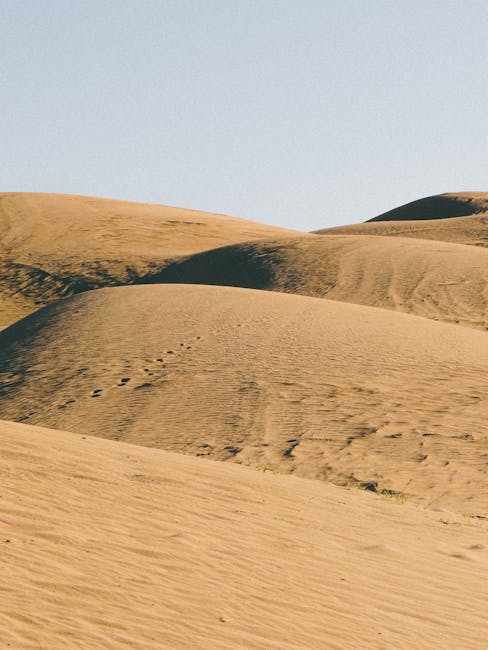-
Increased Greening: The Thar Desert has experienced a 38% annual increase in greening over the past two decades.
-
Driving Factors: This greening is attributed to increased monsoon rainfall and agricultural expansion.
-
Groundwater Contribution: Groundwater significantly contributes to vegetation growth (55%), with precipitation accounting for 45% annually.
-
Unique Case: The Thar Desert stands out as the only desert globally with a simultaneous increase in population, precipitation, and vegetation in recent decades.
-
Location and Extent: The Thar Desert spans 200,000 sq kms across northwestern India (Rajasthan, Gujarat, Punjab, Haryana) and southeastern Pakistan (Sindh, Punjab).
-
Climate and Geography: It features a subtropical desert climate, bordered by the Indus River plain, Punjab Plain, Aravalli Range, and Rann of Kachchh.
-
Soil Composition: Soils are coarse-textured, well-drained, calcareous and composed of Desert, Red Desertic, Sierozems, Red and Yellow , Saline, Lithosols, and Regosols.
-
Biodiversity Hotspot: The desert supports diverse wildlife, including the Blue Bull, Blackbuck, Great Indian Bustard, and Indian Gazelle, and is home to Desert National Park.
-
Mineral Rich: It contains significant lignite coal reserves, gypsum, and salt deposits, including saltwater lakes like Sambhar and Kuchaman.
-
Human Impact: The study acknowledges that the Thar Desert’s landscape change is affected by climate change and human activities.
